Nepal Festival
Celebrating festivals is a way of finding greatness in culture and it perfectly blends with the lifestyle.
Celebrating festivals is a way of finding greatness in culture and it perfectly blends with the lifestyle.
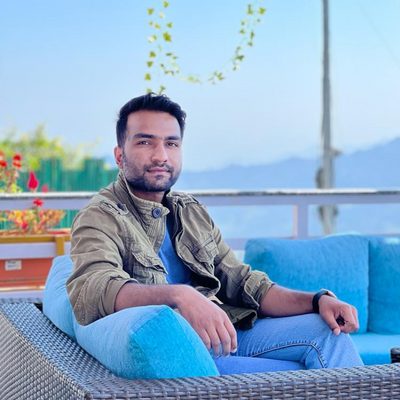
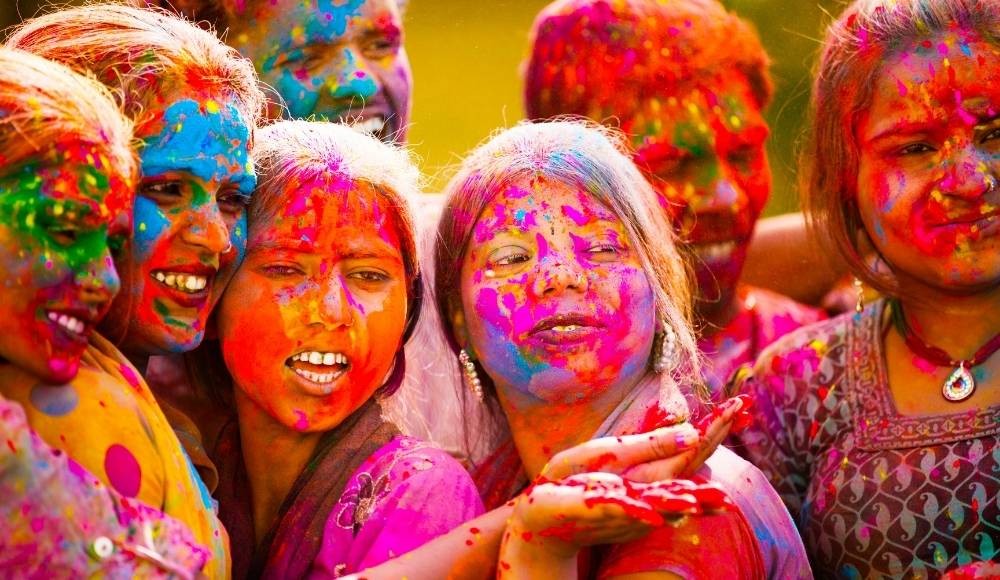
Known for its amazing Himalayan landscapes, Nepal boasts a wide range of cultural, natural, historical, archaeological and religious diversity. The festivals in Nepal have unique mythological evidence and impressive festivities that have been carried out for centuries.
Festivals are incredible ways to bring people together. It has the ability to lower stress, balance emotions and strengthen the bond of love among people. Festivals in Nepal are highly celebrated and observed by many people around the country. The festivals in Nepal are largely associated with the harvest season, religious epics, folklore and mythologies. Since most of the population living in the country follow the Hindu religion, the festivals and religious attributes are influenced by the religion itself. However, other religious festivals are equally valued and secularly participated.
Social cohesion and economic activities, entertainment, and other family bonds are enhanced by festivals and associated activities. The human lifestyle is made on bonds and ever since the beginning of civilization, festivals emerged as a great source of celebration, purpose and values that adds meaning to life.
Nepal is an incredible country that celebrates love and happiness and displays integrity in times of festivals and needs. The masked dances, folklores, community gatherings, family union and many other activities during the festivals make them joyous and mark an occasion of auspiciousness.
There are a lot of festivals celebrated in Nepal. From the traditionally grown day-specific festivals to the festivals that are as glorious as Kumari Jatra and Dashain, the country observes hundreds of celebrations around the country. If you want to taste the authenticity and experience the hospitality of the Nepalese, attending the Nepalese festivals is the best way to explore.
The glorious heritage of Nepal is culture and festivals. People blend the festivals and lifestyle in a way that is not only interesting to observe but is an amazing way to explore how it bridges the gap between people in a society and how it is earthly and intricately connected with the life they live.
An exemplary understanding among Nepalese is that, regardless of the traditional and religious gap, Nepalese share a common bond of humanity and a mindset of communal inclusion backed up by the mantra of ‘unity in diversity. This makes the festivals in Nepal inclusive, diverse and participative, and more fondly open to all the people who wish to celebrate love and harmony.
Some of the major festivals in Nepal are Dashain, Tihar, Chhath, Christmas, Eid, Ramadan, Indrajatra, Gaijatra, Kumari festival and many others. Here we’ll discuss some of the important and widely celebrated festivals and further explore how it has been in practice for centuries.
|
Festival |
Month |
Observed by |
|
Maghe Sankranti |
Jan |
Hindu |
|
Losar |
Jan/Feb |
Hindu, Buddhists |
|
Saraswati Puja/ Basant Panchami |
Jan/Feb |
Hindus |
|
Mahashivaratri |
Feb/Mar |
Hindus |
|
Holi/ Fagu Purnima |
Feb/Mar |
Hindus |
|
Chaite Dashain |
Mar/Apr |
Hindus |
|
Bisket Jatra |
Apr/May |
Hindus/Buddhists |
|
Nepali New Year |
Apr |
Nepalese |
|
Eid al-Fitr |
Apr/May |
Muslims |
|
Budhha Jayanti |
May/June |
Hindu/Buddhists |
|
Nag Panchami |
Jul/Aug |
Hindus |
|
Janai Purnima |
Jul/Aug |
Hindus |
|
Raksha Bandhan |
Jul/Aug |
Hindus |
|
Krishna Janmashtami |
Aug/Sept. |
Hindus |
|
Gai Jatra |
Aug/Sept. |
Hindus/Buddhists |
|
Teej |
Aug/Sept. |
Hindus |
|
Indra Jatra/Kumari Festival |
Aug/Sept. |
Hindus/Buddhists |
|
Dashain |
Sept/Oct |
Hindus |
|
Tihar |
Sept/Oct |
Hindus |
|
Mani Rimdu |
Oct/Nov |
Buddhists |
|
Bibaha Panchami |
Nov/Dec |
Hindus |
|
Bala Chaturdashi |
Nov/Dec |
Hindus |
|
Yomari Punhi |
Nov/Dec |
Hindus/Buddhists |
|
Christmas |
Dec |
Christians |
|
English New Year |
Jan |
Nepalese |
Festivals in Nepal are celebrated throughout the year. Some festivals in Nepal are celebrated according to the lunar calendar whereas some are prefixed festivals that are celebrated on a particular day. Some festivals in Nepal last days and weeks whereas some festivals are celebrated for a day. With every seasonal change, Nepal observes different festivals. The seasonal change brings joyous celebrations, followed by numerous festivities and mythologies.
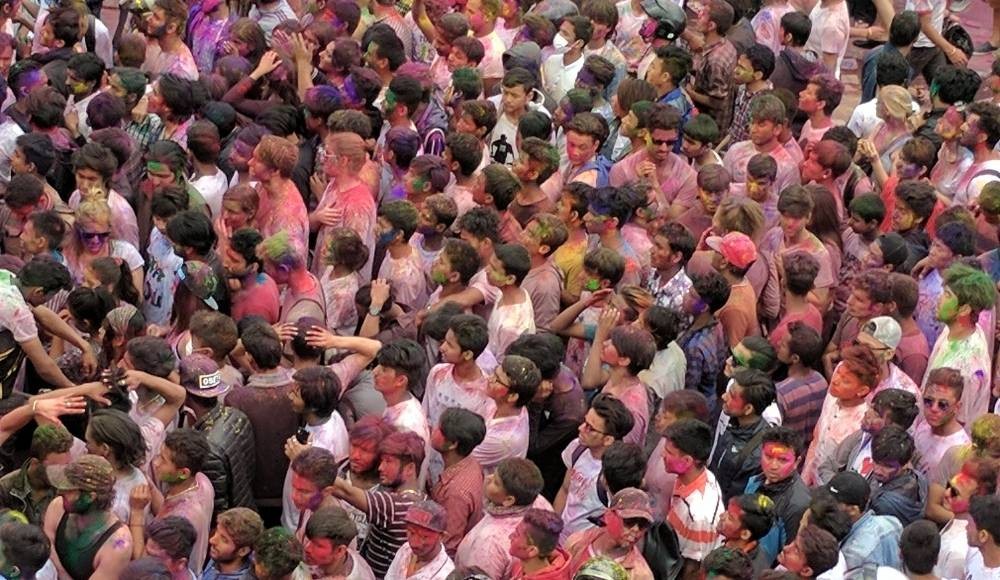
Spring is the most desirable and beautiful season of all. The blooming flowers and faunas, sporting the new leaflets abandoning the old ones, remind of a beautiful beginning after a fall. If you are visiting Nepal in spring for a tour or trekking activity, the festival observation in some places of Nepal should be on your list. Festivals are an incredible way to get closer to cultural understanding and getting to know people around the world. Some of the major important festivals that are celebrated in Spring are Holi (Fagu Purnima), Chaite Dashain, Mahashivaratri, Bisket Jatra, Nepali new year and Eid al-Fitr.
Maha Shivaratri is one of the greatest Hindu celebrations around the world. It is given importance as it is the day that is dedicated to Lord Shiva in its finest form. This festival honors life and celebrates the beauty of existence. Enchanting the Vedic hymns and worshiping Lord Shiva, Mahasivaratri is celebrated in the temples dedicated to Shiva.
Many Hindu people from the Indian subcontinent visit the Pashupatinath temple of Nepal to worship and observe the magnificent celebration of Shiva. This festival falls on the month of March, on the day before the new moon according to the Luni-Solar Hindu calendar.
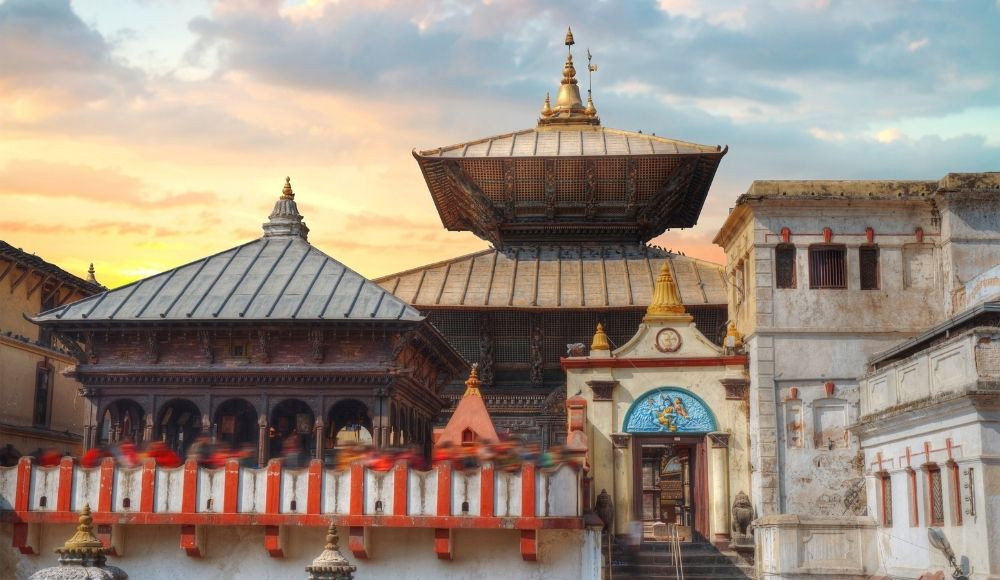
Shiva is the preserver, destroyer and creator of the universe according to Hindu mythology. The legends state that during Shivaratri, Lord Shiva performs his favourite cosmic Tandav dance and people fast and wake up the whole night worshipping and chanting the mantras and hymns.
Holi is an annual festival that falls in the month of March. This festival is celebrated to honour the victory of good over evil. According to the mythologies, during the time of Holika Dahan, King Hiranyakashyap ordered his sister to burn the prize with her power but with ardent devotion to Lord Vishnu, the prince came out of the fire unharmed while the Holika ceased to exist.
To celebrate the victory of the prince over the evil Holika, festivities and colourful celebrations were organized. And since then the culture of spreading joy and happiness among the people by playing with colour emerged.
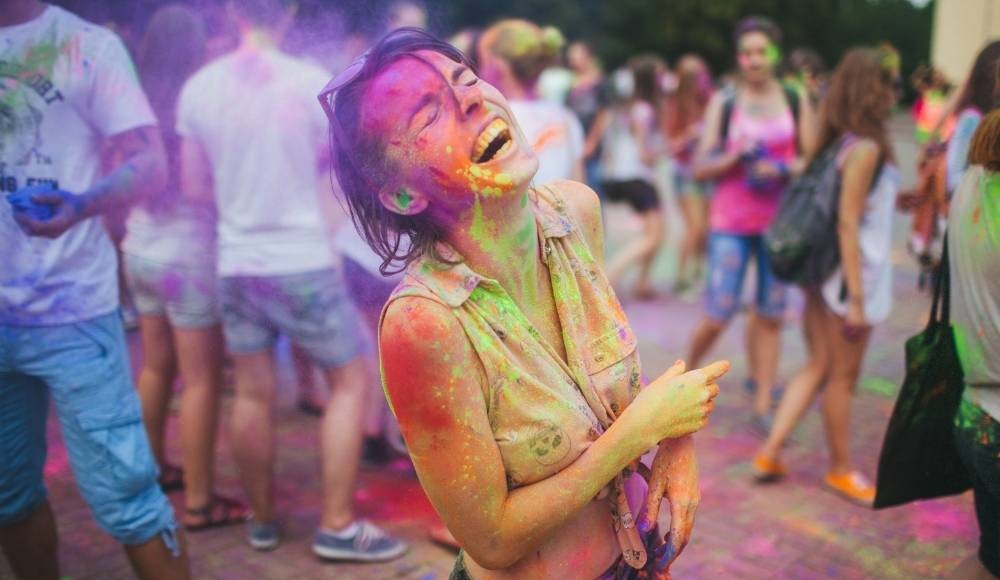
It is one of the most beautiful colour festivals that is celebrated in Nepal. Many people gather around the chowk, Durbar Squares, temples and streets to play with the colours and celebrate the festival. Visit Holi Festival in Nepal to know more about Holi.
Chaite Dashain is also a celebration of the triumph of good over evil. It falls in the month of Chaitra on the day of Chaitra Shukla Navami according to the Bikram Sambat calendar. It is considered the last festival of Nepali year as after Chaite Dashain, the New Nepali year begins.
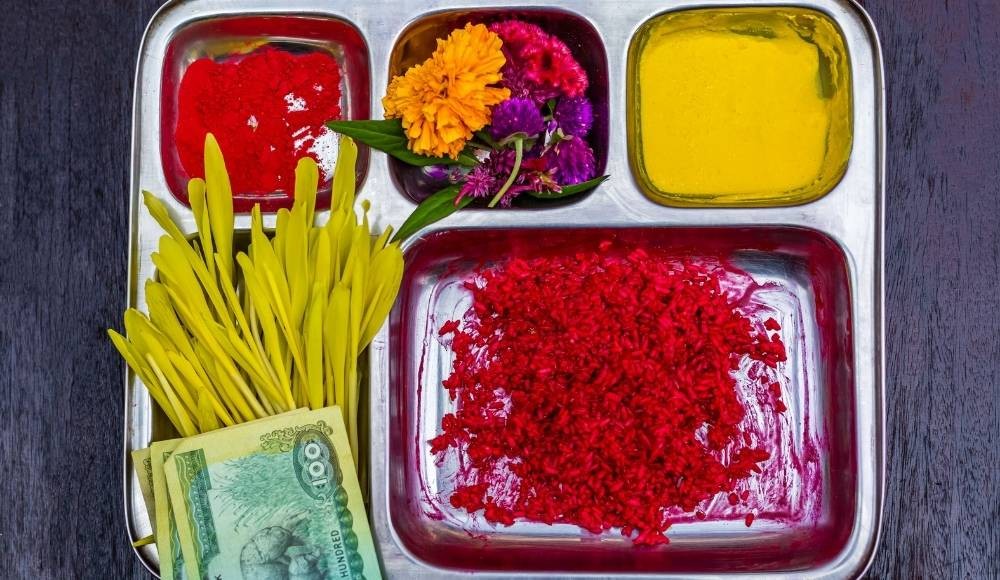
Different feasts and events are organized to celebrate the festival. The main important days of Chaite Dashain are Ramnavami and Chaite Dashain. In the Ramnavami, people fast and worship Lord Ramchandra for his propriety of conduct and bravery.
Bisket Jatra is a Newari chariot festival celebrated in the month of April. It falls around the Nepali new year and is observed with huge enthusiasm and the remarkable presence of many people around the Kathmandu valley. Legend has it that during the Malla reign, a princess had the curse of staying without a husband and whoever wed her would die the same night. In an interesting incident, a young boy married the princess and remained awake the whole night to observe what actually happened on Wed night and saw two reptiles emerging out of her nostrils. The thread-like reptile eventually became a deadly snake. Aware of the events, the boy very consciously took out his knife and butchered the reptiles into pieces to save his life.
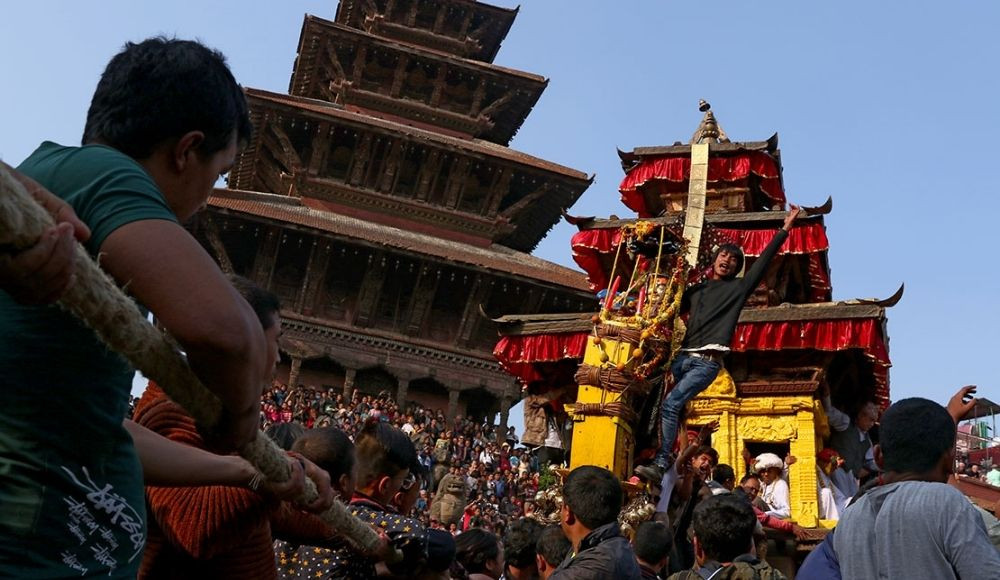
Fascinated by the legend, King Jagjyoti Malla began the festival to commemorate the legend. Since then the people of Bhaktapur carry out this remarkable chariot procession. To know more about this incredible festival, visit Bisket Jatra Festival.
It is one of the major events celebrated all around the country. Nepali new year falls in the month of April. According to the Bikram Sambat calendar, the Nepali new year is celebrated on Baisakh 1st. The tradition of celebrating the new year began with Vikramaditya and the foundation of following Bikram Sambat as a Nepali calendar had begun since then.
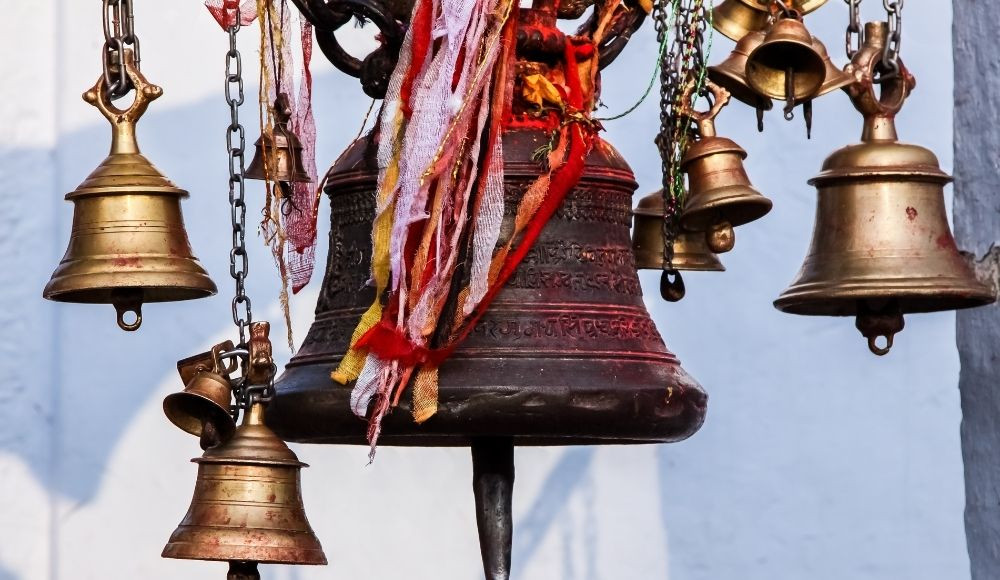
People organize feasts and invite relatives, visit friends and family’s homes and wish for a prosperous new year. It is also a wonderful time to witness the seasonal change in the hilly and terai region of Nepal. People make resolutions to uplift and enhance the lifestyle and also embrace the nice beginnings brought up by the transition of the year.
Eid al-Fitr is an Islamic festival celebrated by Muslims in Nepal. It is celebrated to commemorate the month-long Ramadan festival. It is believed to be started by the prophet Muhammad himself and is celebrated by Muslims all around the world to put an end to the month-long fast. That’s why it is also known as the feast of breaking the fast. It is celebrated on the first day of the tenth month according to the Islamic calendar.
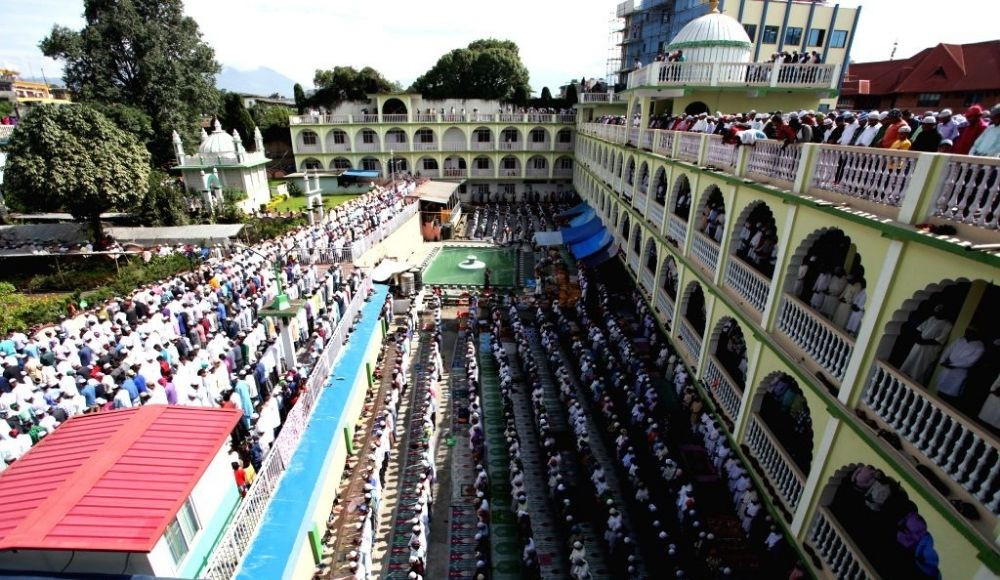
Summer is one of the wonderful times to explore Nepal. Some of the popular festivals that are celebrated in summer in Nepal are Buddha Jayanti, Nag Panchami, Janai Purnima and Rakshya Bandhan.
Buddha Jayanti marks the birthday of peace messenger Gautam Buddha. This is one of the greatest festivals in the Buddhist tradition. The prince of the Shakya dynasty during 623 BC, Gautam Buddha has radiated some life-changing messages to the world through his teachings. Many people from around the world visit Nepal to celebrate Buddha Jayanti. The Lumbini, Boudhanath, Swayambhunath and Namobuddha observe a large number of visitors. If you are travelling to Nepal, Buddha Jayanti could be an incredible opportunity to witness some of the mind-blowing Buddhism traditions.
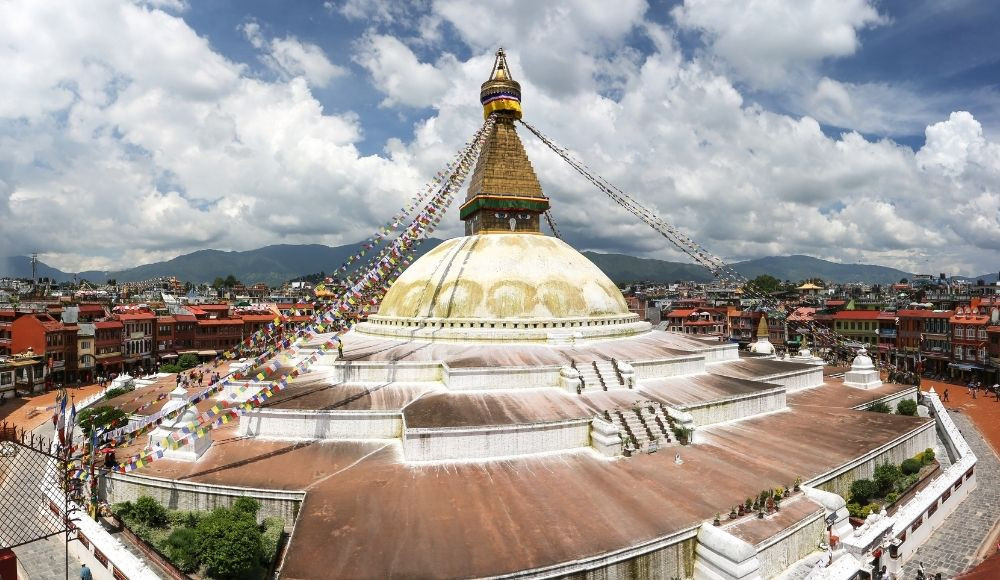
Nag Panchami honours reptile life, especially Snake. It is observed by many religious cults including Hindus, Buddhists and Jains in Nepal, India and some other neighbouring countries. Serpents are worshipped and offered milk, sweets, flowers and lamps with the help of snake charmer on this day. If you are visiting Nepal, you should try visiting Changunarayan temple and Basuki Nag temple at Pashupati.
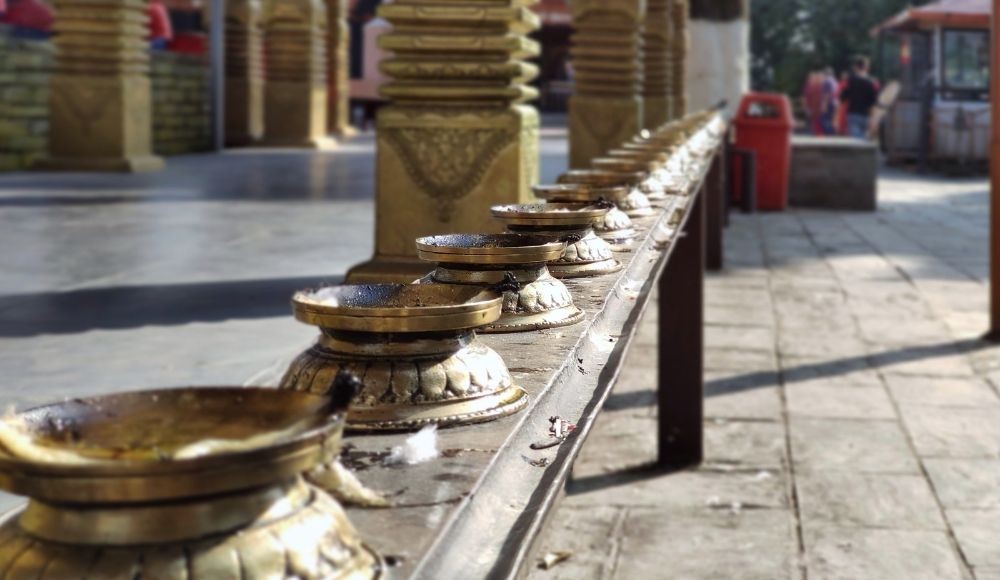
The worshipping of the serpent god in Nag Panchami is believed to lessen the possibility of a snake bite during monsoon season in Nepal. The photo and sculpture of serpents are also pasted in the doors and front walls of the home after performing a special puja on this day.
Janai Purnima and Rakshya Bandhan are unique festivals that are observed on the same day but the celebration is quite different. Janai Purnima is celebrated by changing the old holy thread with a new sacred Janai. It is often done by visiting and bathing in holy rivers and river confluence around the country.
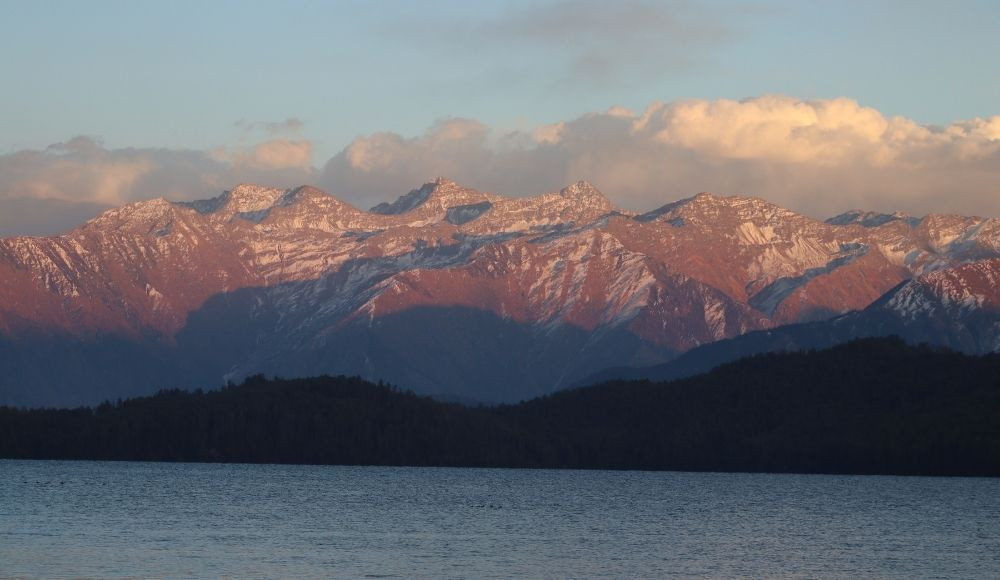
The Rakshya Bandhan, on the contrary, celebrates the special bond of brothers and sisters. Rakshya Bandhan is also known as Rakhi. Sisters put a thread in the wrist of brothers and offer them sweets, and other delicacies. The tradition of celebrating Raksha Bandhan is believed to have begun for the long life, prosperity and wellness of brothers. Every year, the Janaipurnima and Raksha Bandhan are celebrated on the full moon day of Shrawan in the Bikram Sambat calendar.
Autumn is an incredible time to explore Nepal. Trekking, tour, adventure or culture, the Autumn season is a blessed time with moderate temperature and clear climate. While planning other activities in Nepal, attending festivals or cultural celebrations in the streets of Nepal during Autumn would allow you to explore the undiluted traditional dimension in the people’s life and its significance. Some of the popular festivals that are celebrated in Nepal during the Autumn season are Krishna Janmashtami, Gai Jatra, Teej, Indra Jatra, Dashain, Tihar, and Mani Rimdu festival.
The eighth avatar of Lord Vishnu, Krishna is regarded as one of the most interesting deities for his romantic and unequivocally just existence as stated by Hindu Holy epics. Krishna Janmashtami is celebrated in Nepal with huge enthusiasm and a lot of people gather around the Krishna temples to worship the deity.
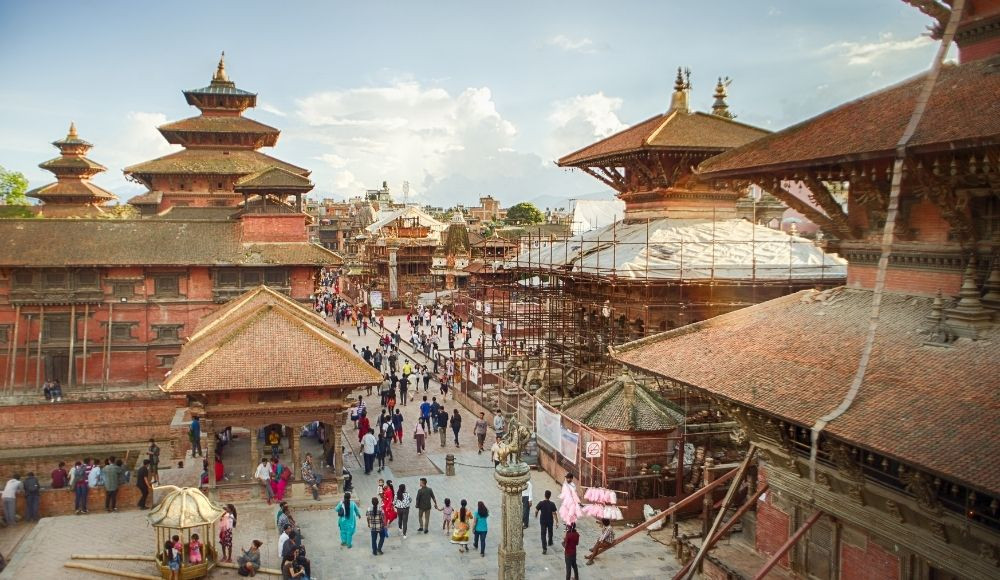
Krishna Mandir in the premises of Patan Durbar Square observes a lot of visitors. A human pyramid to break open the clay pot hung up in the sky. Krishna Janmashtami is celebrated on the Ashtami tithi of Bhadra Krishna Paksha according to the Lunar Calendar. It is a wonderful Hindu festival that reminds us of the victory of good over evil and there’s always somebody who breaks the pot if the sins are full.
Gai Jatra is one of the major important chariot festivals of Kathmandu valley. Mostly celebrated by the Newars of Kathmandu valley, Gai Jatra is a festival that commemorates the death of loved ones. People parade on the streets in the form of cows singing some folktales and celebrate the festival.
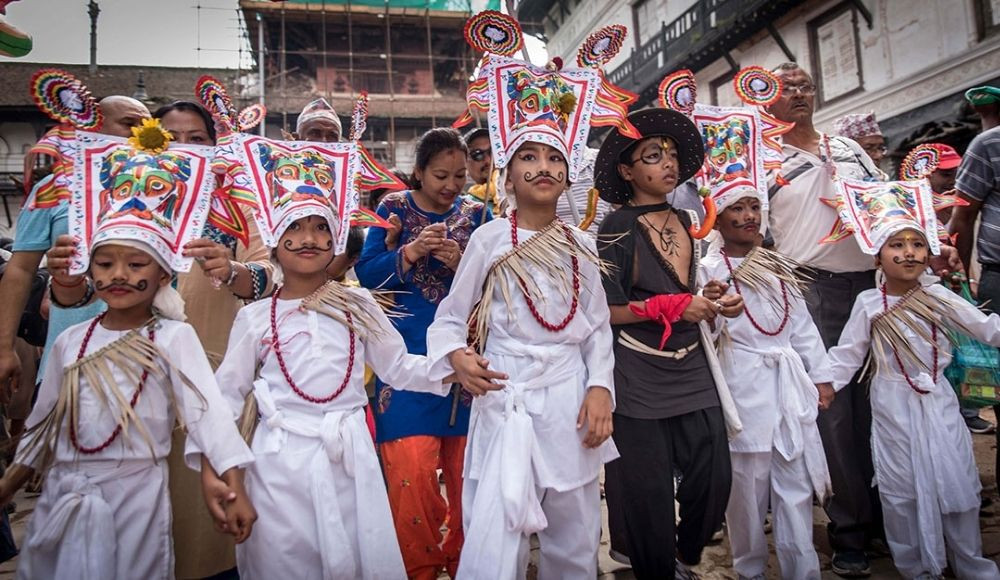
The Gai Jatra is known as Saaparu in the Newari language. This festival is believed to have begun around six centuries before by King Pratap Malla. The king ordered the people of the palace and neighboring places to parade the Durbar to console his queen from the grief of her deceased son. Since then the festival emerged and every year people of Kathmandu organize the festival to commemorate the loss of loved ones in the family.
Haritalika Teej is a festival that is celebrated by Hindu women for the prosperity, long life and happiness of their husbands. The married woman celebrates the festival for the joyous life of their husband whereas the unmarried woman celebrates the festival to get a husband of their choice. Haritalika Teej is celebrated for three days.
The legend behind the festival celebration marks an important Shiva mythology. In an instance in Satya Yug, Satidevi (Goddess Parvati) fell in love with the God Shiva who also holds the power of creation, protection and destruction. She wanted to marry him but being a daughter of King Daksha Prajapati, it was difficult for her to convince her father as he wanted her to get married to a King. Due to the denial of her father, adamant of her wishes, Sati jumped into the pit of fire and took her life and was later born as Parvati to the king Himalaya.
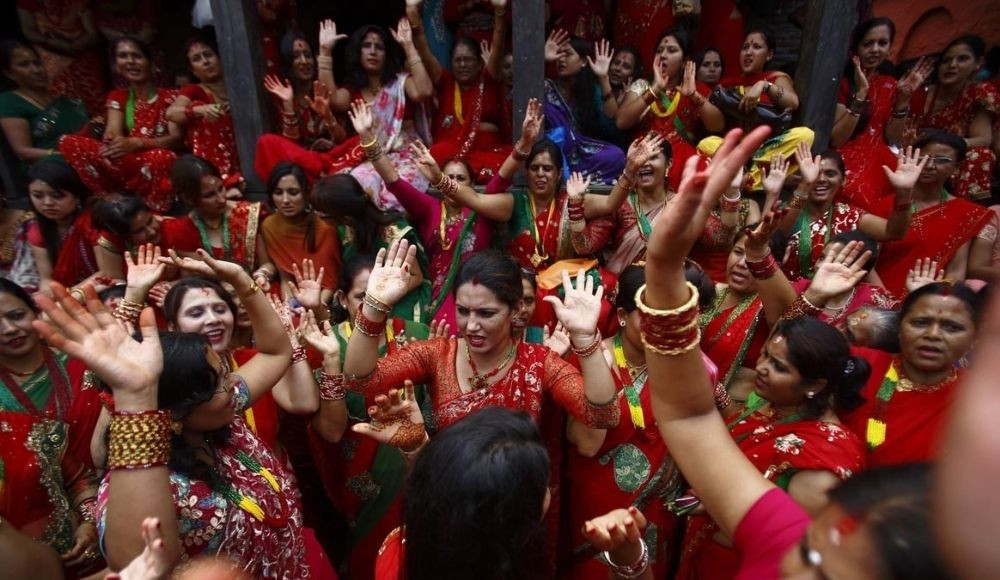
Parvati meditated, fasted, and wished for a union with Lord Shiva. Impressed with her unconditional sacrifices and dedication, Lord Shiva accepted her as his consort. The power of Parvati to gain the husband of her wish by fasting and determination is celebrated in Teej. This festival is one of the greatest Hindu festivals that is celebrated by Hindu women in the Indian subcontinent and is regarded as a day dedicated to Parvati for her union with Lord Shiva.
The Hindu women visit Shiva Parvati temple on the day of Teej and celebrate the festival with immense joy and happiness.
Indra Jatra is a festival that is dedicated to the Lord of rain - Indra. It is one of the most wonderful chariot festivals in Kathmandu valley. This festival features Kumari - the living goddess and procession of chariots around the alleys of the Basantpur area. The masked dances, folklores, feasts and various other activities are organized to thank the lord of rain Indra for his blessing to enhance the crop harvesting.
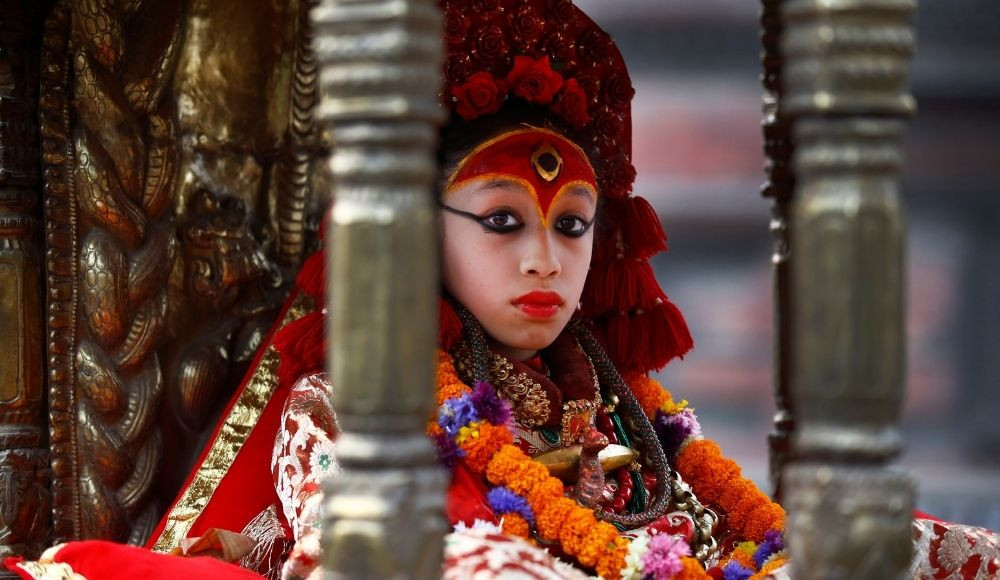
Kumari festival is a remarkable and interesting festival in Kathmandu valley. It is observed by many Nepalese and foreigners. It is believed that Kumari, the living goddess, has the intuition to foresee the future. It is also said that worshipping her protects the regime and her expression displays various signs of change in the country. To obtain more information on this festival, visit Indra Jatra and Kumari Festival in Nepal.
Dashain festival is the greatest Hindu festival in Nepal. It is observed by many people and is considered a remarkable festival that cherishes the victory of good over evil. It is also a wonderful time to meet and unite with family members. People living abroad or away from town gather at their parental home all at once and celebrate the festival by taking blessings from elders. It lies somewhere between August and September.
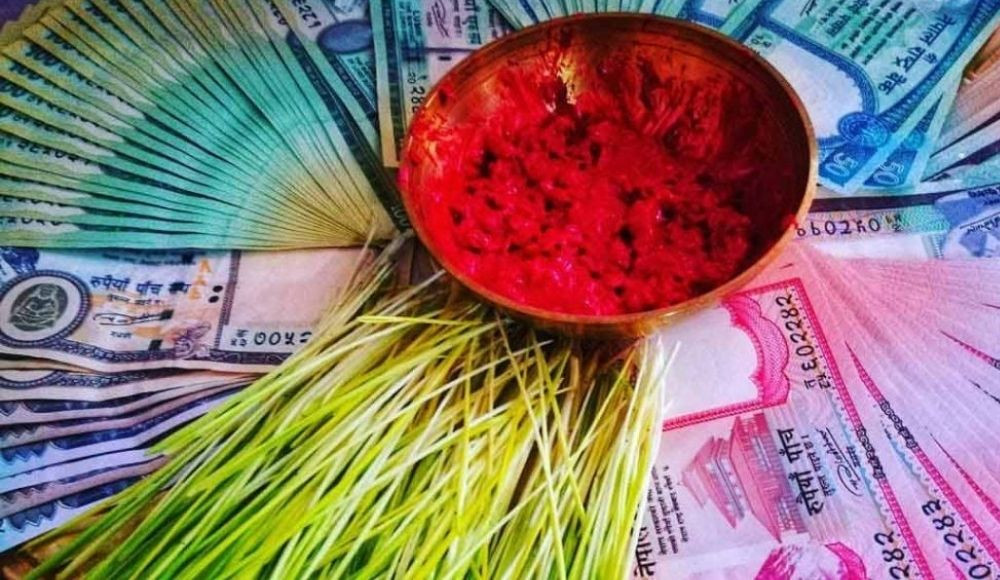
The festival lasts for ten days. The tenth day of the festival is the most important one. After a rigorous fight for nine days with Ravana, King Ram gained victory on the tenth day. Putting on Jamara, Tika and garlands of flowers, and taking elders' blessings is the main theme of the day. The feasts are organized and relatives are invited to the home to celebrate the festival. To know more about this incredible festival in detail, visit Dashain Festival in Nepal.
Tihar is also the most important Hindu festival in Nepal. It is observed by Hindus. It is also known as the festival of lights as people decorate their houses with lamps, lights and colours. This festival is mainly dedicated to goddess Laxmi and worships crows, Dogs, Cows, Ox, and Bhai Tika. On the day of Bhai Tika, sisters wish long life, prosperity and happiness to their brothers and various feasts are organized to celebrate the festival.
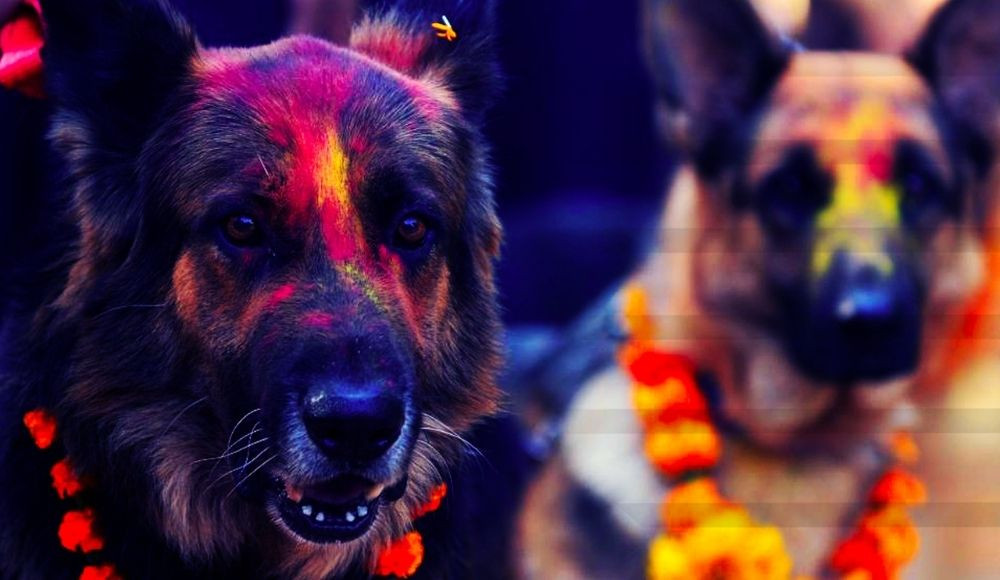
Tihar is celebrated all around the country with huge importance. After Dashain, it is the second biggest festival of Nepal that is celebrated somewhere between October and November. People sing folk songs, visit different houses in the community to play Deusi Bhailo and enjoy themselves with friends and family. For more information on the Tihar festival, visit Tihar Festival in Nepal.
Some of the major Nepali festivals that are celebrated in the winter season are Bibaha Panchami, Yomari Punhi, Christmas, English New Year, Maghe Sankranti, Saraswati Puja and Losar. The Winter season in Nepal has its own beauty. Apart from the vibrant cultural celebrations, the mountains area and other heritage sites in the country offer a unique blend of experiences.
Bibaha Panchami marks the special day on which the conjugal cosmic couple Lord Ram and Sita got married at the temple of Janakpurdham. This festival emerged as a day of the Vedic Sanatan Hindu marriage period and many couples visit Ram Janaki Mandir of Janakpur to get married on the pious occasion of Bibaha Panchami. Hindu people celebrate the Bibaha Panchami with great importance and pay homage to the mythical event of Rama and Sita’s marriage.
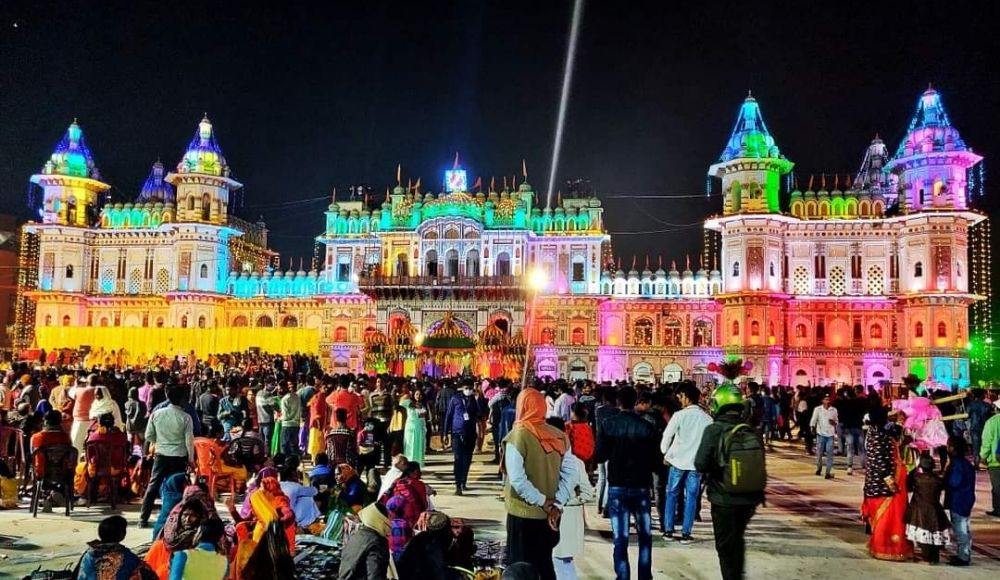
It is celebrated somewhere between November and December. This day is also considered apaksha and many couples get married on this day.
Yomari Punhi is a harvest festival that is observed by the Newars of Nepal. In this festival, people worship the goddess of grains - Annapurna and the whole community participates in the festival to make yomari. Yomari is a sweet dish that is prepared using molasses, Khuwa, concentrated sugarcane juice and rice flour.
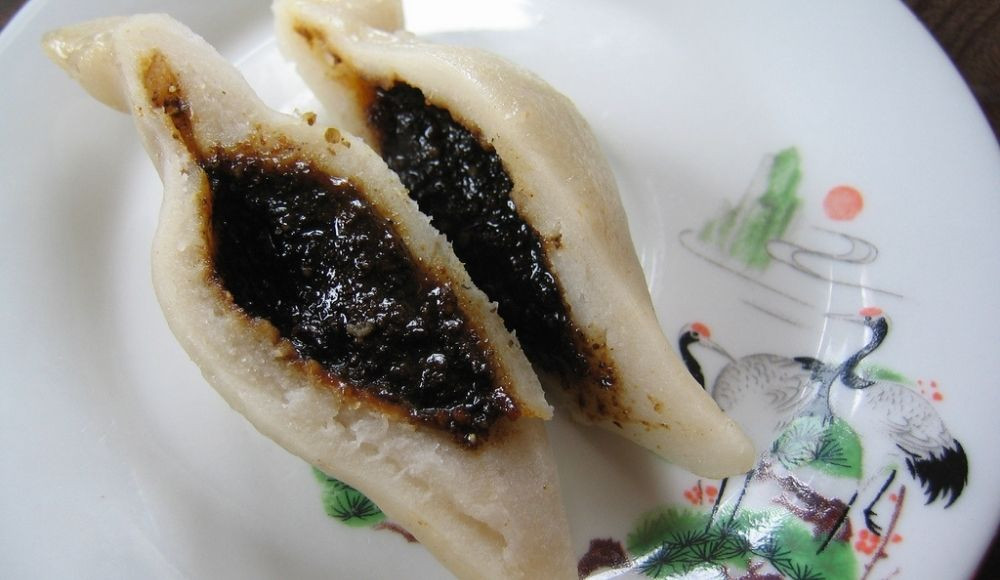
It is believed that preparing Yomari on Yomari Punhi brings good fortune, wealth and prosperity in life. The celebration is vibrant and people observe the festival with huge enthusiasm. If you are travelling to Kathmandu during Oct/Nov, visiting the streets of Kathmandu and trying this incredibly sweet dish can be an amazing experience. To know more about Yomari Punhi, visit Yomari Punhi in Nepal.
Christmas is one of the popular festivals in Nepal. Though the country’s majority population is Hindu, people of all religions observe the festival and organize different events and activities on the occasion of Christmas. Exploring different malls, hotels and streets of Kathmandu can give a perfect Christmas vibe. It is celebrated on the 25th of December every year and commemorates the birth of Jesus Christ.
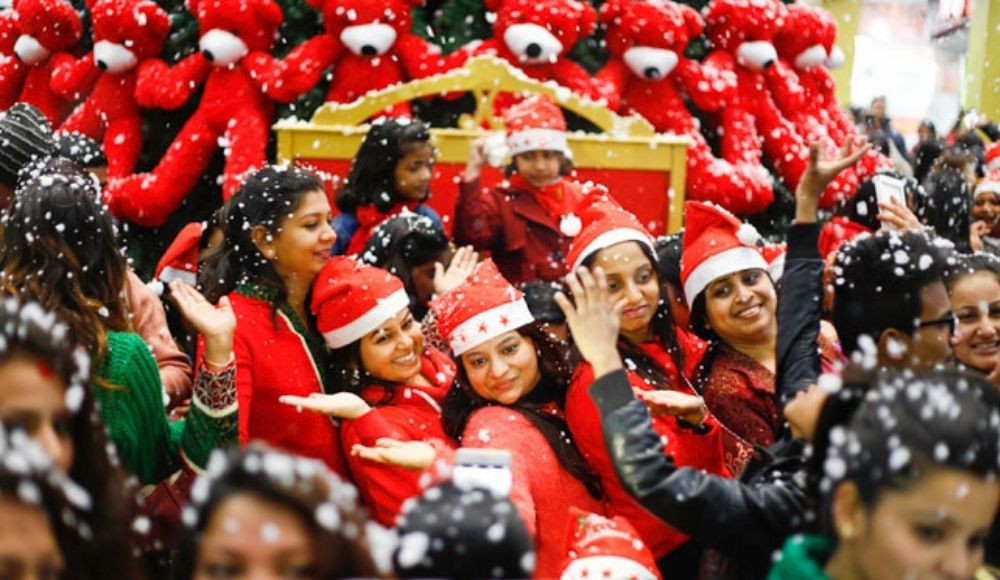
Christians and the non-christian communities of Nepal observe the Christmas festival. It is also the perfect time for friends and family gatherings, outings, customary dinners and spending time with near and dear ones. It is also one of the last festivals celebrated according to the Gregorian calendar before the English New Year in Nepal.
English New Year is also one of the major important days for Nepalese. Though the country follows the Bikram Sambat calendar and prioritizes the new year to be on Baisakh 1st, the culture of celebrating the new year on January 1st is also taken as an important day of year transition. People celebrate New Year's Eve with family and friends.
Maghe Sankranti is one of the major festivals in Nepal. It is celebrated in the month of Magh. It is a solstice and harvest festival that is celebrated by the Hindu community of Nepal. In some ethnic groups, it is one of the greatest festivals of huge religious significance. Tharu community celebrate Maghi on this day and enjoy the feasts and gatherings.
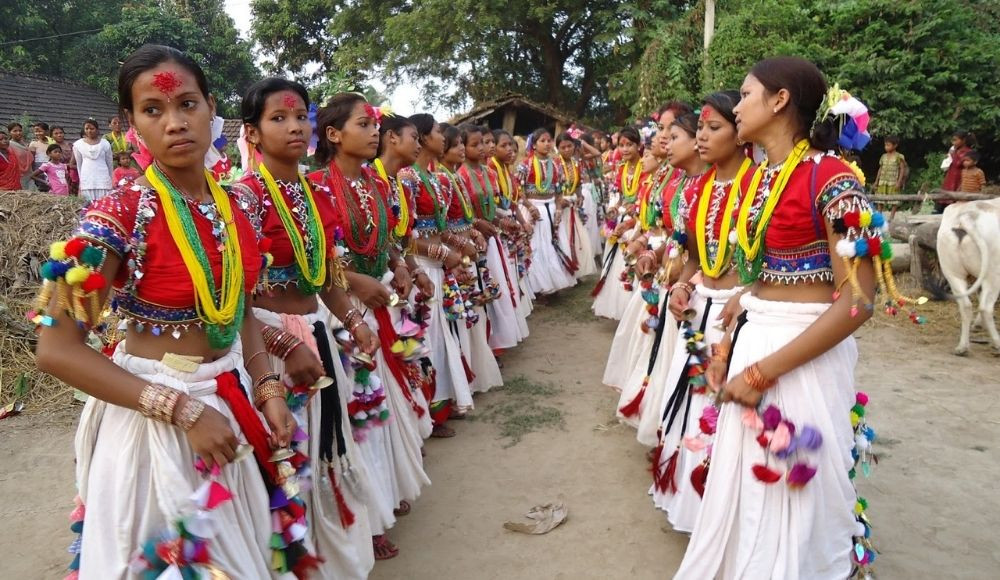
In this month, Hindus call their married daughters to home and celebrate the festival with special meals and delicacies. In some places of Nepal, bullfighting event is also organized on the occasion of Maghe Sankranti. For more information on Maghe Sankranti, visit Maghe Sankranti festival in Nepal
Losar is mostly celebrated by Tibetans, Gurungs, Tamangs, and Sherpas. It is also a Tibetan new year. This festival is widely celebrated in the mountain region of Nepal. Different feasts are organized, dances are performed and enjoyed by a lot of people. This is remarkably one of the greatest festivals of a certain ethnicity, however, many people from other communities also participate in the festival. To know more about the Losar festival, visit Losar Festival in Nepal.
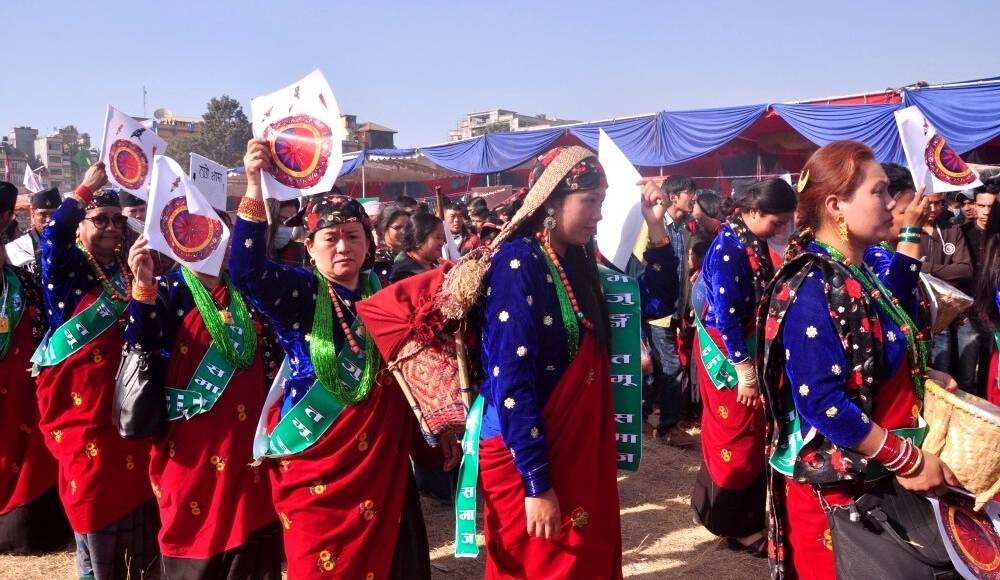
If you are overjoyed and want to explore the incredible festivals of Nepal, joining a trip, or planning on, in particular, would be a great way to explore the authenticity of Nepal. Exploring the mindblowing cultural celebrations and getting engaged in the process allows you to understand and explore the diverse cultural practices and for that Nepal is an amazing country.
Cultural celebrations in Nepal are a boon for tourists. Besides the incredible mountain activities, the diverse culture in the different places of Nepal provides authentic experiences that is not similar to any other country. If you are willing to join the festival celebration in Nepal, foreknowing the date, time and activities can make a great help. Also, don’t hesitate to contact us for more information.
There are no best times for celebration, just the nature of festivals is so unique that you have to attend it at a particular time. So, if you want to explore a festival, you need to be here at that moment or plan the trip beforehand. It enables the possibility of witnessing the whole celebration process.
Choose an activity, festival, or event that you want to participate in. Contact us, and the rest is what we plan together to make your trip more accessible, convenient, inclusive and fruitful.
Festivals are unique cultural results. These celebrations open up the possibility of exploring the authenticity of ethnic groups and religious communities. There are many festivals celebrated in Nepal by different communities. But the inclusiveness is mostly observed in all the festivals of Nepal. Kathmandu is a city of tales and temples. Newars of Kathmandu valley celebrate many chariot festivals throughout the year and many people from around the world visit Nepal to witness the magnificent celebration in the streets and alleys of Kathmandu.
If you want to explore the festivals in Nepal, combining them with other mountain activities is beneficial. Exploring mountains while understanding how the culture has shaped the lifestyle of people is one of the greatest advantages of visiting Nepal. Explore, enjoy and cherish the festivals and adventure in Nepal.